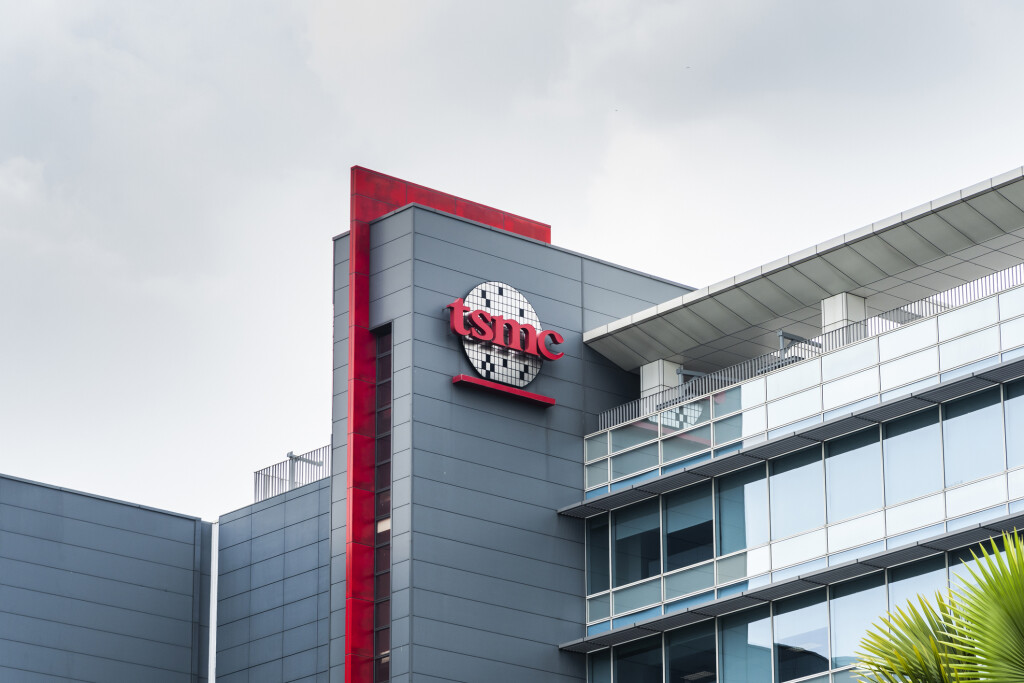
Taiwan Semiconductor Manufacturing Company (TSMC) plant in Tainan Science Park, Taiwan
Taiwan Patent and Trademark Applications in 2021
Resident invention applications were the highest since 2014 at 19,547 cases mostly fueled by a rise in the number of applications by corporations. However, utility model (14,543 cases) and design applications (3,534 cases) filed by residents went down by 12% and 10% respectively due to lower numbers from the corporation and individual sectors. Overall patent applications increased by 1% to 72,613 cases. Of these, invention patent applications (49,116 cases) grew by 5%, while utility model (15,796 cases) and design patent applications (7,701 cases) decreased by 10% and 4% respectively. For trademark applications, both resident and non-resident, 95,917 cases were filed, and that was the highest number recorded ever since TIPO was founded in 1999.
Looking at non-resident patent applications, Japan held the top spot with 13,324 overall applications, followed by the US with 7,986 cases, China with 4,253 cases and South Korea at 2,388 cases. Looking at trademark-filing countries, China was the leader with 4,929 cases, followed by the US with 4,032 cases, and Japan with 3,437 cases. Interestingly, Class 35 (business operation) and Class 9 (computer and technology products) reported the strongest growth in resident and non-resident trademark filings respectively. Locally, Uni-President was the top-ranked applicant with 567 cases, followed by Taiwan Family Mart with 180 cases. A significant reason for the increases in applications in 2021 was the improved examination efficiency with the average disposal pendency dropping to less than 14 months for invention patent applications and 6.2 months for trademark applications.
TSMC IP Continues to Strengthen
Taiwan Semiconductor Manufacturing Company continues to lead against its competitors in the IP field. Currently, the company is using its advanced 5-nanometer process in the commercial production of the A-series processors for Apple’s iPhone line. TSMC is also involved in the production of Apple’s M1 Ultra chip which will be used in Mac computers amongst other applications. Considering that Apple Inc. is believed to be TSMC’s biggest customer at 26% of revenue, the future looks bright with sales to Apple in 2021 at US Dollars 14.27 Billion, up 20.37% from 2020. TSMC has seen total revenue increase by 18.53% from 2020, on the back of emerging technologies such as 5G and Internet of Things applications, high-performance computing devices and automotive electronics. In all, the US market was the largest buyer of TSMC’s chips last year, in 2021 up 24% from 2020, making up 64% of total sales. Taiwan sales were in second place, a 58% increase from 2020, and accounted for 12.8% of total sales in 2021. A large part of the sales in Taiwan were to Advanced Micro Devices Inc. which accounted for 10% of TSMC’s total sales in 2021. Sales to China in 2021 were down 29.6% from 2020, and were due in large part to sanctions against HuaWei Technologies Co. which led to TSMC halting shipments to the Chinese firm. Whilst the 7-nanometer and 5-nanometer processes account for the bulk of sales for TSMC, the more sophisticated 3 and 2-nanometer processes being worked on mean that TSMC is making every effort to develop and put to commercial use the IP it has been testing in recent years.
Any Third Party May File Non-Use Revocation against a Trademark Not Used for Three Consecutive Years According to the Supreme Administrative Court in Taiwan
The Supreme Administrative Court ruled in a trademark revocation case in 2022 that the goods or services actually used by the registered trademark should be consistent with the goods or services specified in the trademark registration. Therefore, when considering the interests of consumers, maintaining fair competition in the market, and promoting the normal development of industrial and commercial enterprises and other legislative purposes, it should be open to public scrutiny, so it is not appropriate to limit the eligibility about who can file a revocation case. When the Trademark Act was amended in 1992, under Article 63 of the Trademark Act, the previous requirement about who was eligible to file a trademark revocation was that only an interested party was entitled to file for a trademark revocation after not being used for a period of 3 years. Since the over-arching idea is that failure to use the registered trademark on the designated goods or services for more than 3 consecutive years without justifiable reasons are grounds for revocation stipulated in Article 63 of the Trademark Act, it makes sense that the recent Supreme Administrative Court ruling allows any third party to file for non-use revocation of a trademark.
China Attempts to Increase Foreign Confidence in IPR Protection
China’s IPR administrative system worked on 49,800 patent infringement disputes in 2021, up 17.4% year on year. Also, 110,000 invention patents were granted and 194,000 trademarks were registered to foreign applicants, up 23.0% and 5.2% respectively. It seems that despite various headwinds, foreign companies are showing stronger interest in IPR and feeling positive about the general business climate currently. China has opened 25 protection centers/rapid enforcement centers, and 50 national model areas for GI (geographical indication) products are being prepared. In 2021, the newly revised patent law was implemented and the framework and contents of the geographical indication law were drafted to further construct a workable and comprehensive protection system. The China National Intellectual Property Administration released the 2021 National Work Plan for IP Administrative Protection which was about shaping an administrative protection technical investigator system to regulate technical investigators’ involvement in administrative cases, bolstering IP credibility management by listing intentional IP infringement onto aggravated violations of credibility, and guiding IP dispute resolution organizations to interact with users online. These organizations went on to open 23,000 dispute resolution cases and finished with a 71.19% success rate. Abnormal patent applications which were obviously not about innovation were dealt with by CNIPA alerting local authorities of a total 815,000 applications which needed investigating. Revocation of practicing license and suspension of representation service for several firms were some of the results.
China Issues Policy Interpretations of the Trademark Examination and Trial Guide
Recently, the Trademark Office of the China National Intellectual Property Administration issued policy interpretations of the Trademark Examination and Trial Guide, interpreting key issues in the formulation of the guide concerning aspects of the examination, trial of a bad faith application, trademark registration for a purpose other than use, signs that may not be used as trademarks, distinctiveness of trademarks, and well-known trademarks. The purpose is to facilitate the public and trademark practitioners to better understand the guide and respond to public and business concerns. For example, there is a chapter on bad faith applications which emphasizes the stricter standards in the new Trademark Law which will crack down on the abuse of the application process. The guide also adds an elaboration on concepts related to distinctiveness of trademarks, and to more accurately determine whether a trademark can be registered so as to ensure the consistency of the implementation of the new standards. The revision of the examination and trial of signs that may not be used as trademarks updates the latest standards of trademark right granting and verification as well as safeguarding social public interests, the legitimate rights and interests of citizens, and social order. In addition, a well-known trademark should adhere to protection orientation and result orientation. That is, besides the necessity to resolve the case and conform to statutory requirements, recognition of a well-known trademark should also meet exhaustion of other remedies amongst other conditions.
China Eliminates Paper Trademark Registration Certificates
In February 2022, the China National Intellectual Property Administration ceased issuance of all hard copies of patent certificates. As part of the ongoing effort to push for digitalization of administrative work by following the comprehensive e-government model, CNIPA focused on developing a one-portal accessibility for all patent services. Therefore, from March 1st, 2022, CNIPA is no longer accepting any requests for paper patent certificates but instead will provide electronic patent certificates only. The authenticity of an electronic certificate can be verified on the patent e-filing platform to ensure security and credibility. The first stage for this administrative change was announced under the Announcement No. 349 under the title, “Related Matters about Electronic Patent Certificates and Electronic Seal for Electronic Patent Applications” in 2020. At that time, paper certificates could still be requested on a case-by-case basis. However, with the latest announcement (No. 472), no hard copies will be issued in future.
Hong Kong and Australia Renew MOU
The Intellectual Property Department of Hong Kong and IP Australia renewed a Memorandum of Understanding (MOU) on collaboration between the Hong Kong Special Administrative Region and Australia in the field of intellectual property for a period of three years until 2025. The two sides will continue to exchange information and share practical experience in areas including operation of their registries and the promotion of intellectual property trading and commercialization. The MOU was first signed in 2019 and is subject to periodic review and renewal.




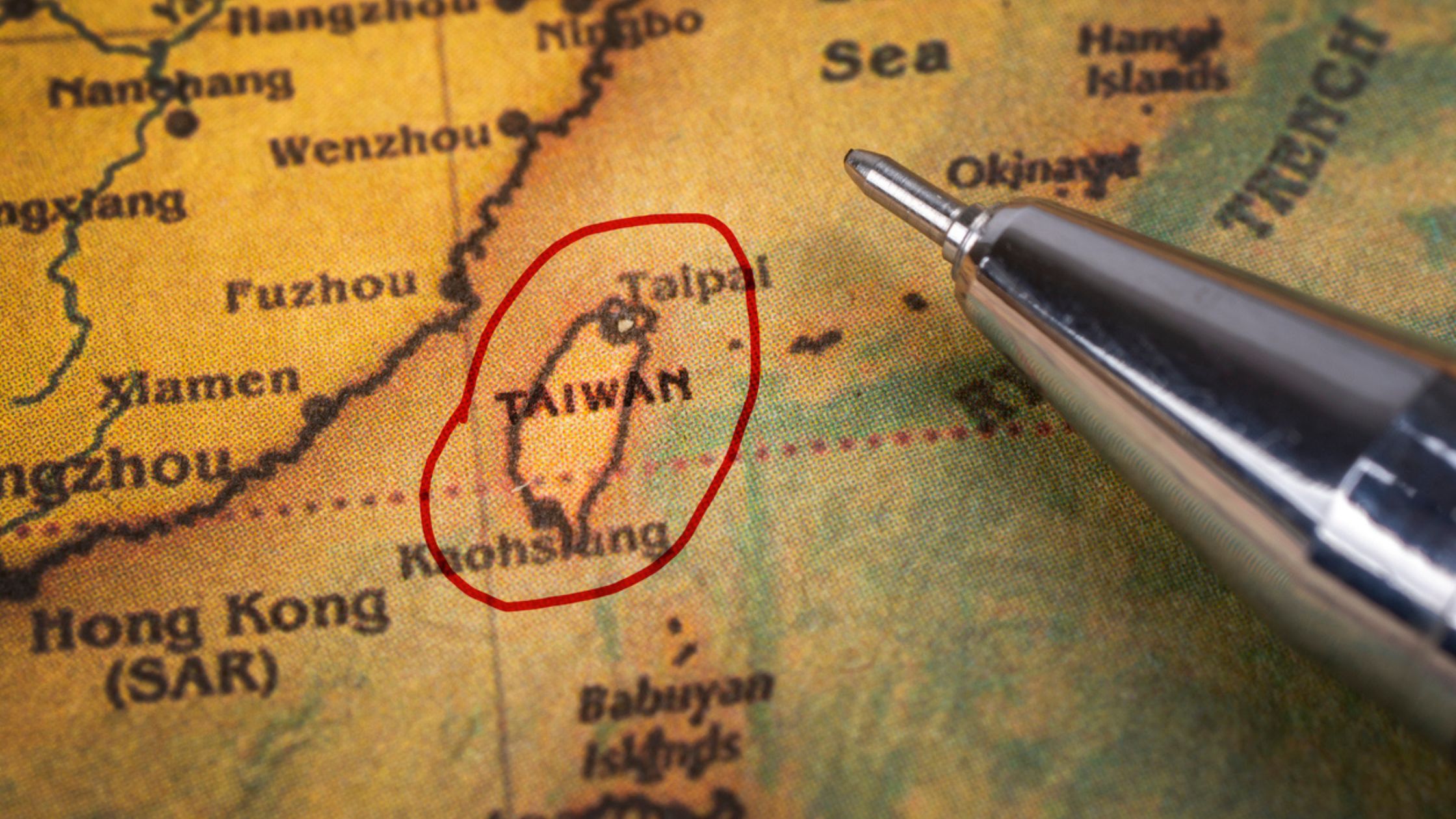





 Deep & Far Attorneys-at-law
Deep & Far Attorneys-at-law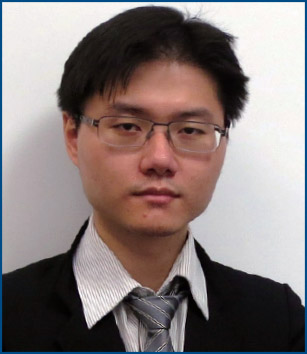 Yu-Li Tsai
Yu-Li Tsai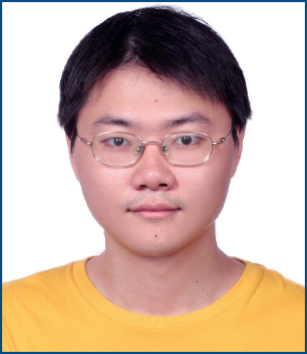 Lu-Fa Tsai
Lu-Fa Tsai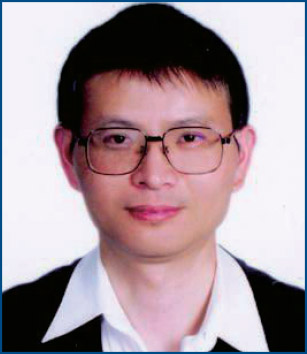 C. F. Tsai
C. F. Tsai







